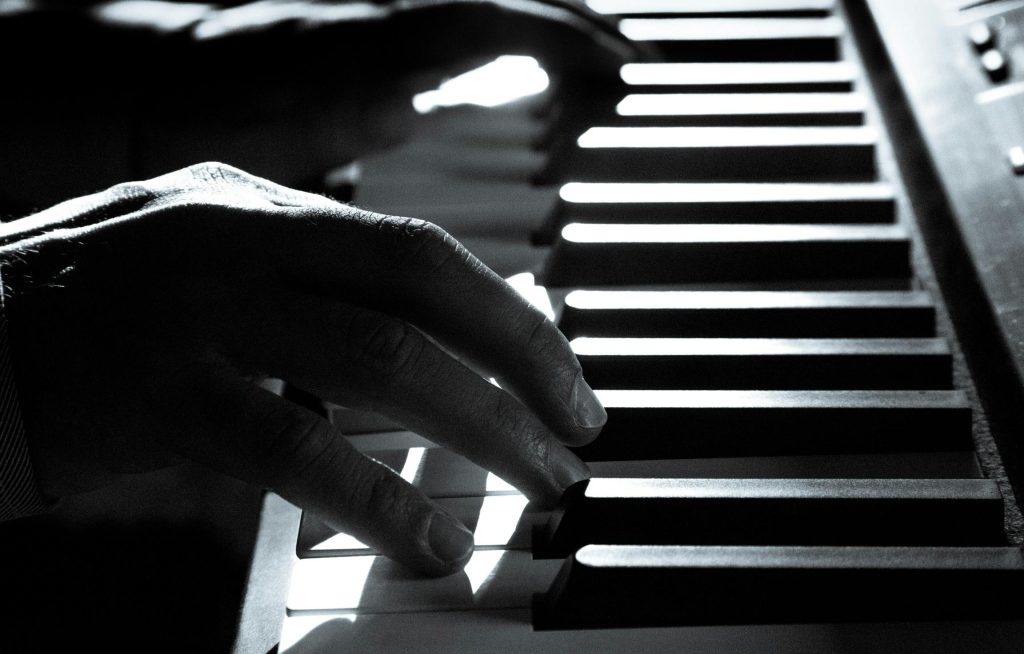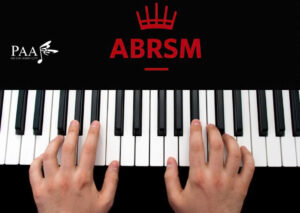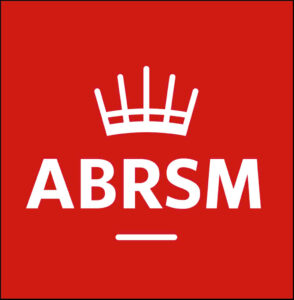How to Learn Piano Chords Easily for Beginners: Mastering piano chords is essential for playing songs effortlessly. Start with major and minor chords, practice slowly, and use simple songs to build confidence. Learning at PAA Music Schoolprovides expert guidance to accelerate progress and ensure a solid musical foundation.
1. What Are Piano Chords?
Piano chords are a combination of multiple notes played simultaneously, creating a harmonious sound. Typically, each chord consists of three or more notes spaced apart according to specific rules.
2. Basic Piano Chords
Major Chords
Major chords create a bright and happy sound.
- C Major (C): C – E – G
- D Major (D): D – F# – A
- E Major (E): E – G# – B
- F Major (F): F – A – C
- G Major (G): G – B – D
- A Major (A): A – C# – E
- B Major (B): B – D# – F#
Minor Chords
Minor chords produce a melancholic and deep sound.
- C Minor (Cm): C – Eb – G
- D Minor (Dm): D – F – A
- E Minor (Em): E – G – B
- F Minor (Fm): F – Ab – C
- G Minor (Gm): G – Bb – D
- A Minor (Am): A – C – E
- B Minor (Bm): B – D – F#
Seventh Chords
Seventh chords are commonly used in jazz and blues, adding richness to the sound.
- G7: G – B – D – F
3. Effective Ways to Learn Piano Chords
3.1. Understanding Chord Structures
Learning the structure of each chord helps you remember and apply them flexibly while playing music. Start with basic chords like C Major, G Major, and D Major.
3.2. Practice Slowly
Begin at a slow pace, first locating and pressing the correct keys, then gradually increasing speed as you become more familiar.
3.3. Play Simple Songs
Practicing with easy-to-remember songs such as “Happy Birthday” or “Twinkle Twinkle Little Star” helps you get accustomed to chords.
3.4. Learn Piano at PAA Music School
Instead of self-learning through apps, you can enroll in piano lessons at PAA (Address: 15E Ngô Quang Huy, Thảo Điền, Thủ Đức City). Here, you will receive professional guidance from experienced teachers, helping you practice and achieve your piano learning goals in a structured manner.
4. Additional Tips for Learning Piano Chords
- Use a Metronome: Keeping a steady tempo helps improve timing and coordination.
- Memorize Chord Shapes: Familiarizing yourself with common chord positions makes transitions smoother.
- Practice with Both Hands: Start with one hand, then incorporate the other to build dexterity.
- Experiment with Different Chord Progressions: Try playing common progressions like C – G – Am – F to develop a musical ear.
- Stay Consistent: Daily practice, even for just 15 minutes, leads to steady improvement.
- Record Yourself Playing: Listening to your progress helps identify areas for improvement.
- Have Fun: Enjoy the process, and don’t be afraid to explore new songs and styles.





